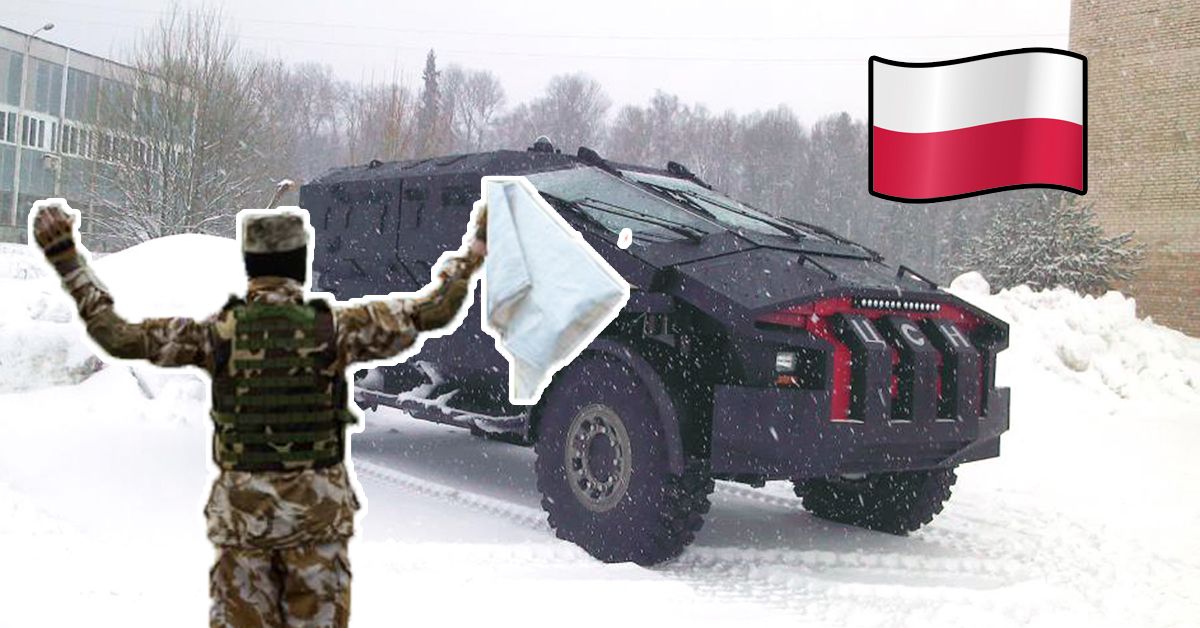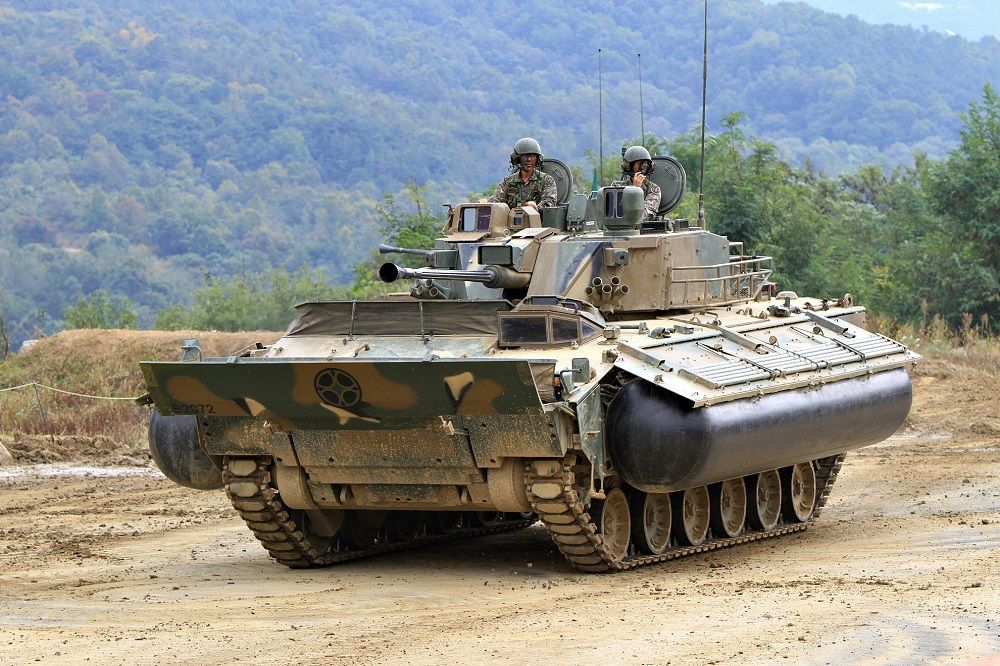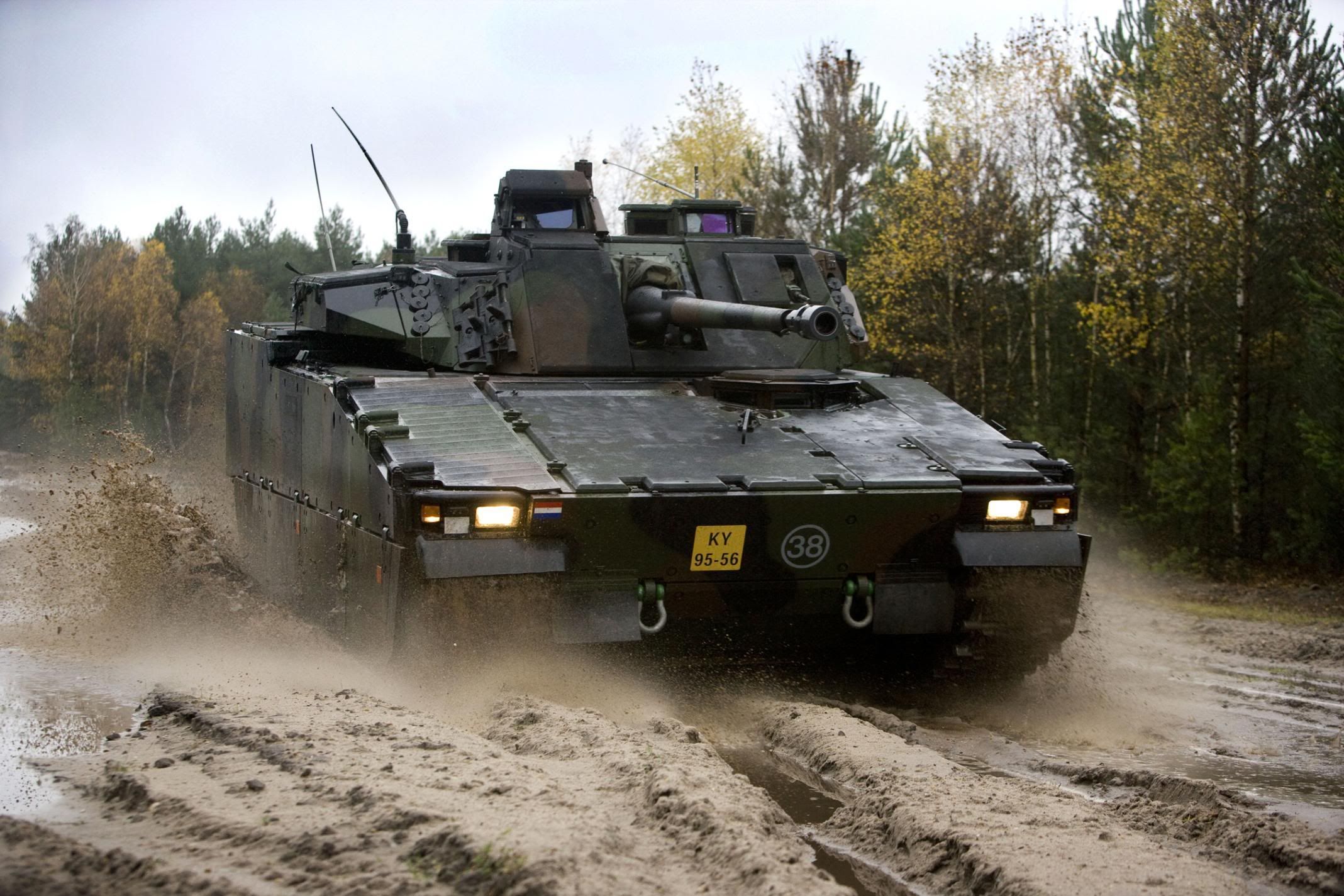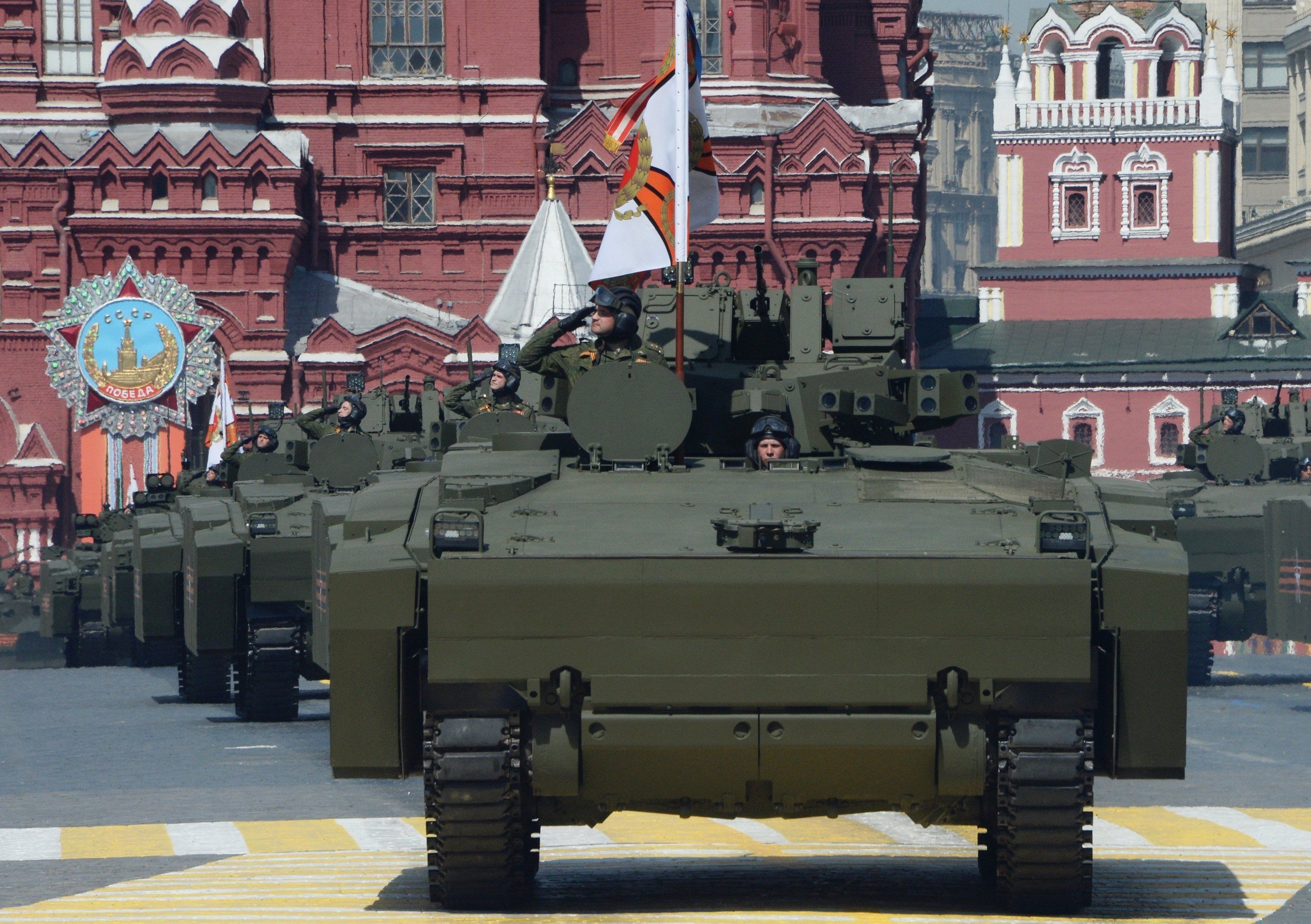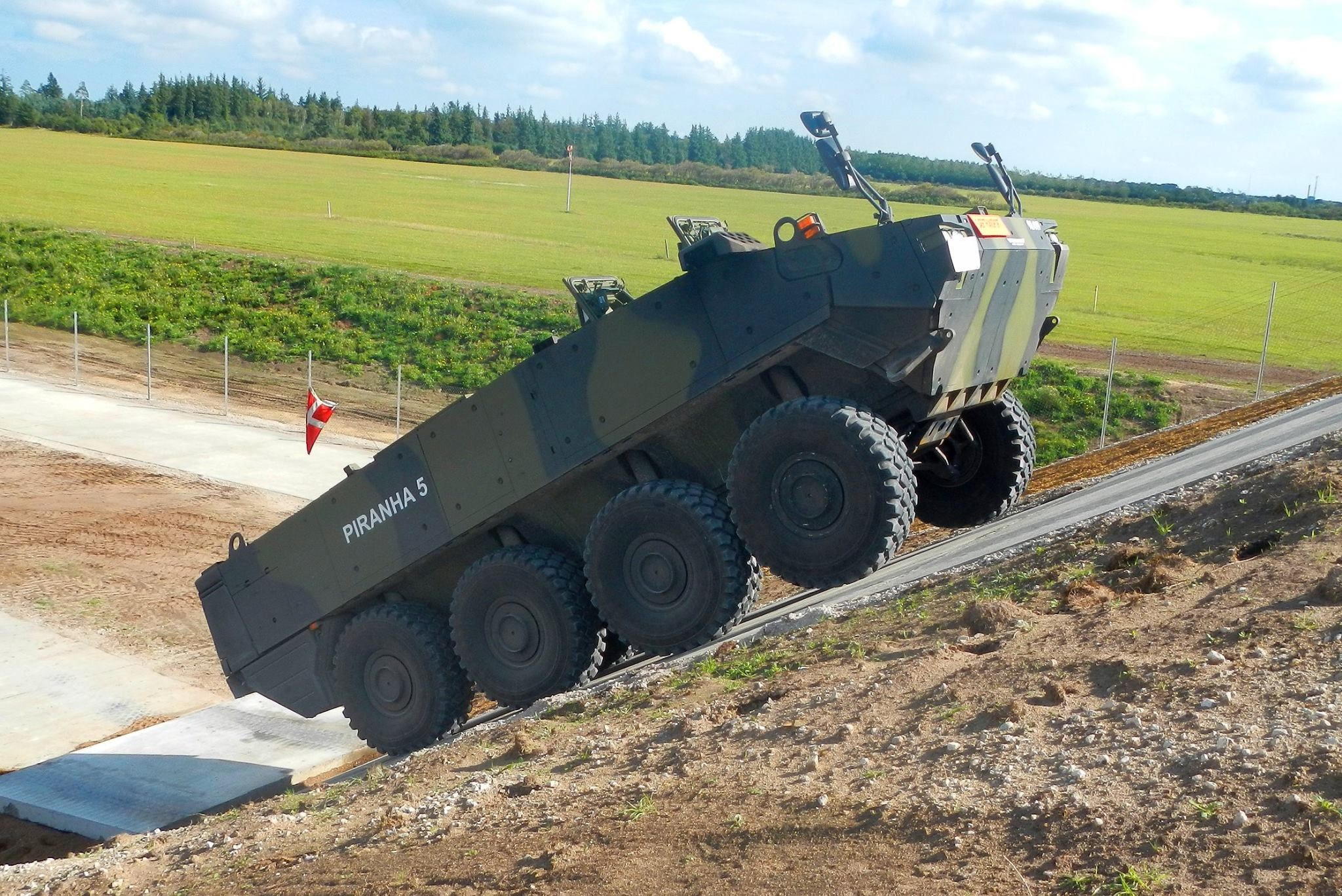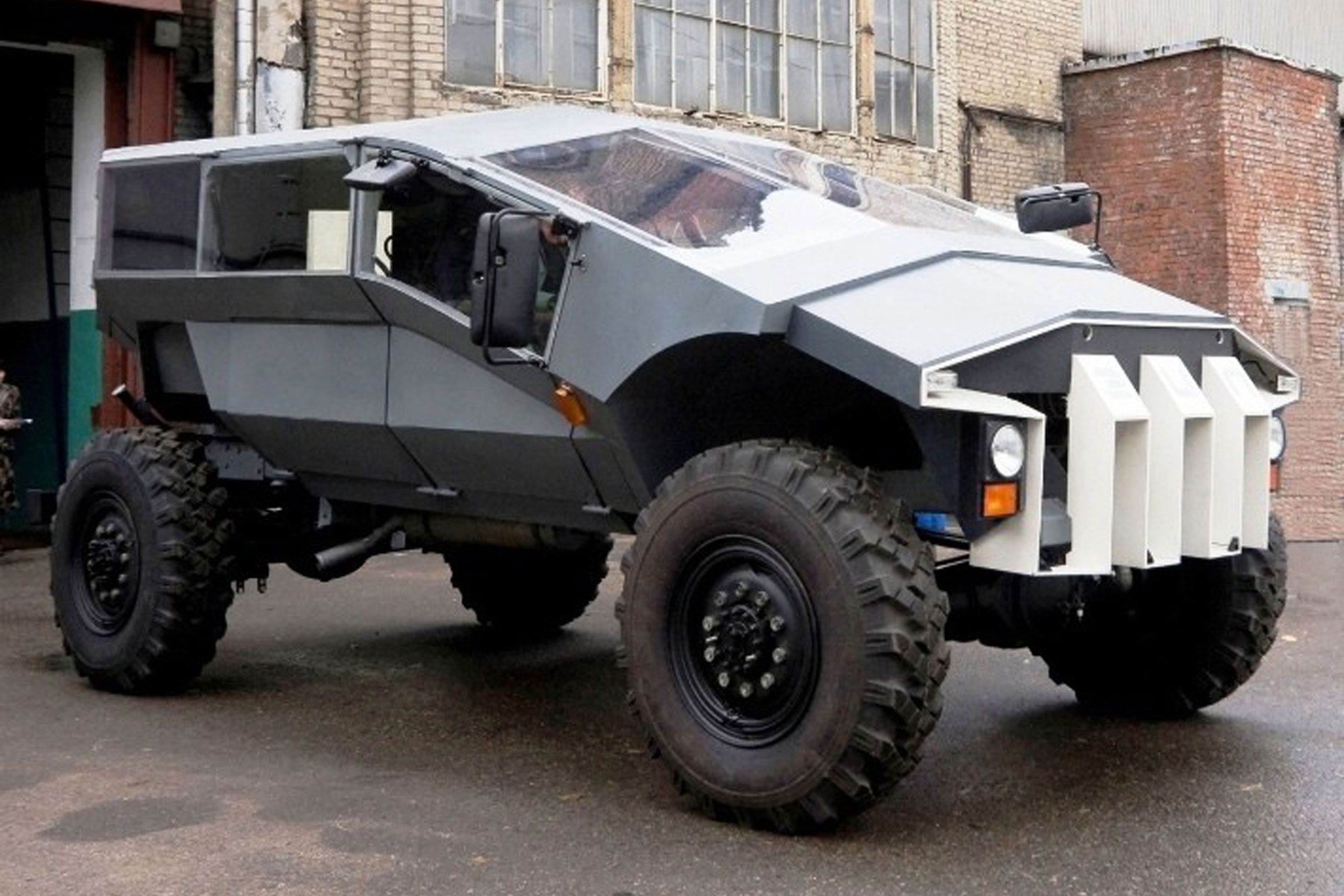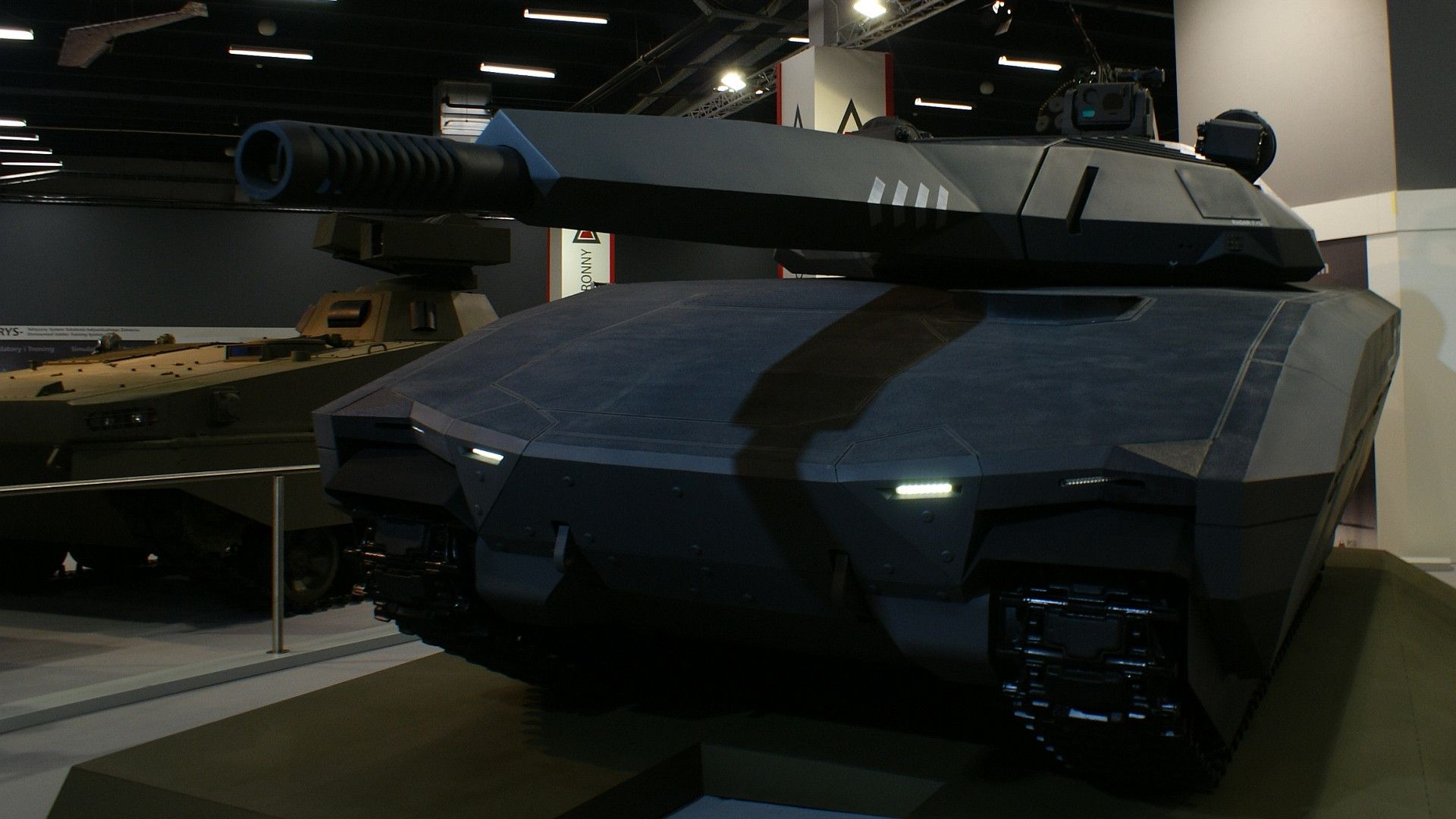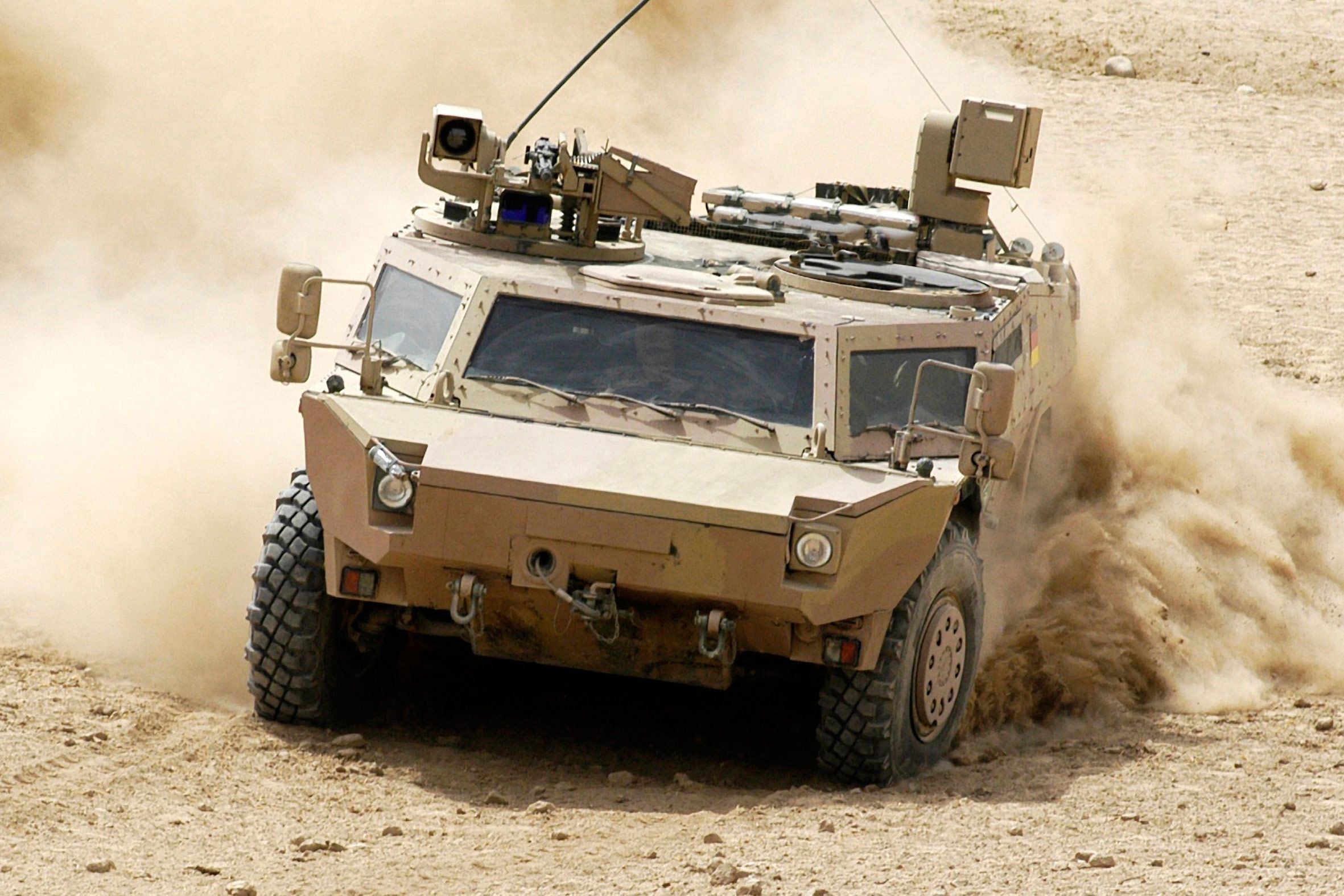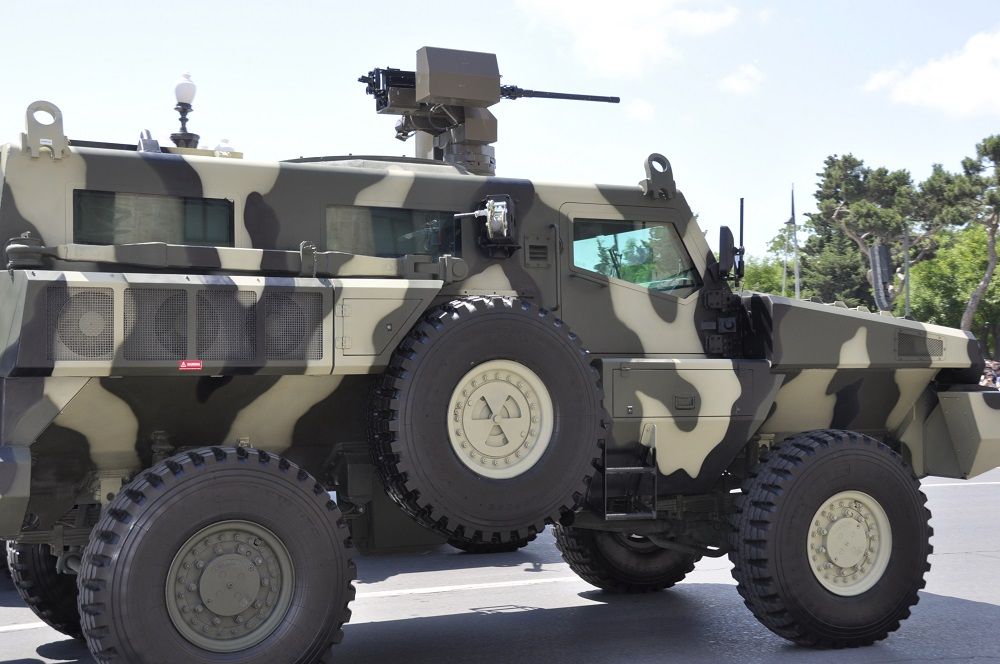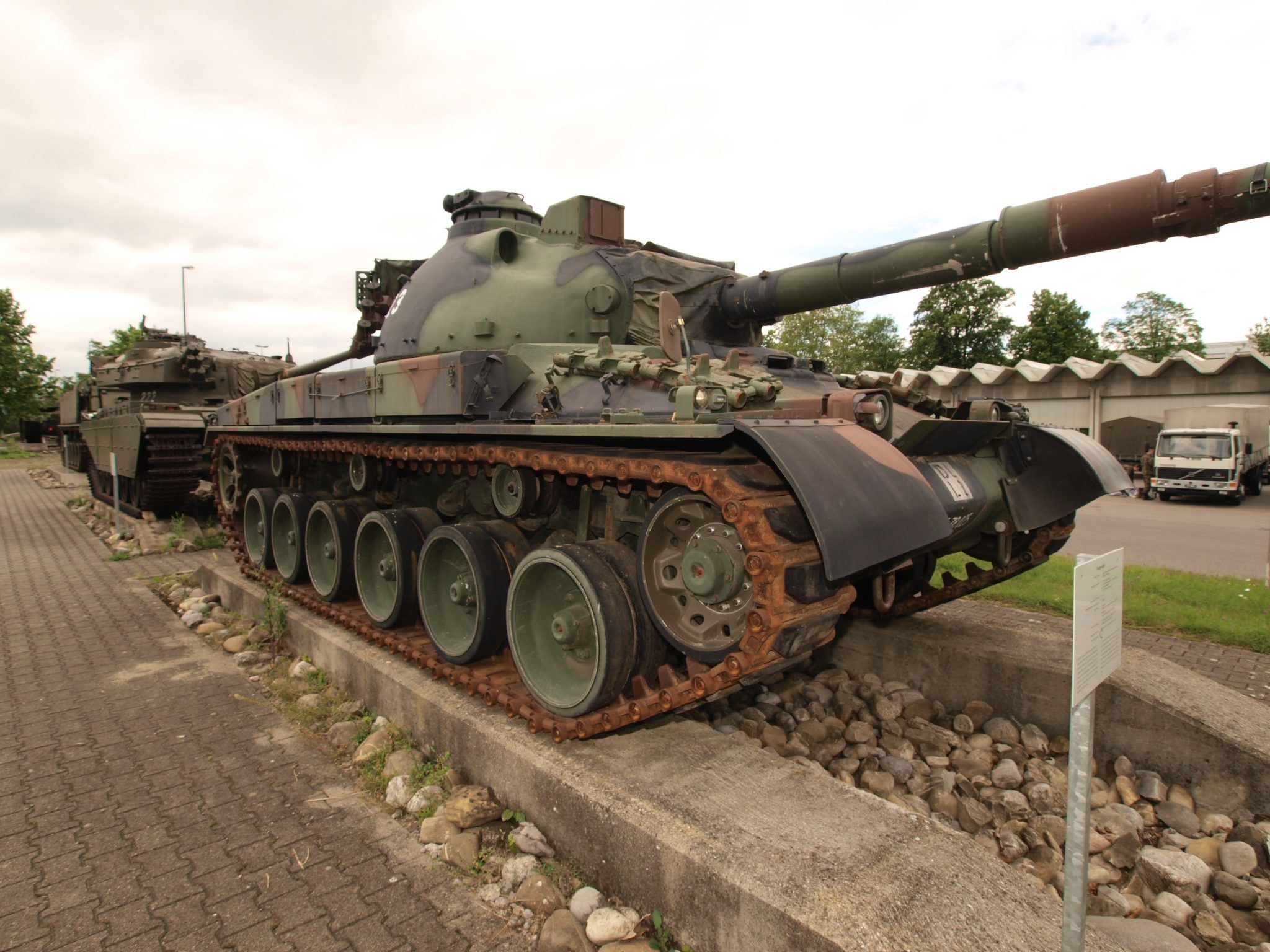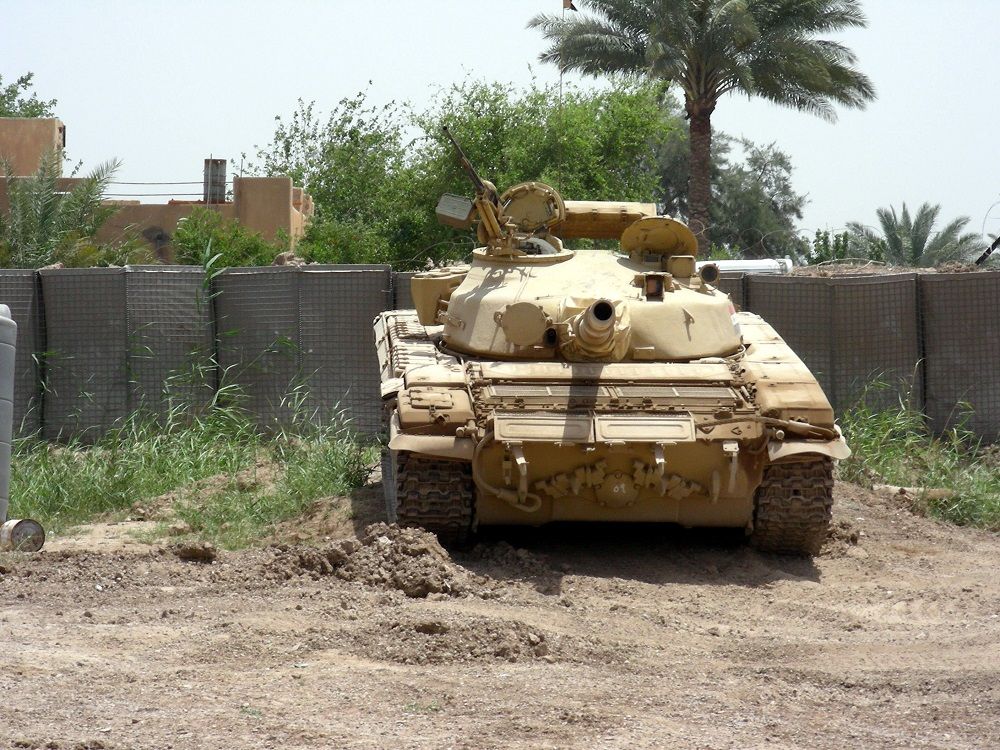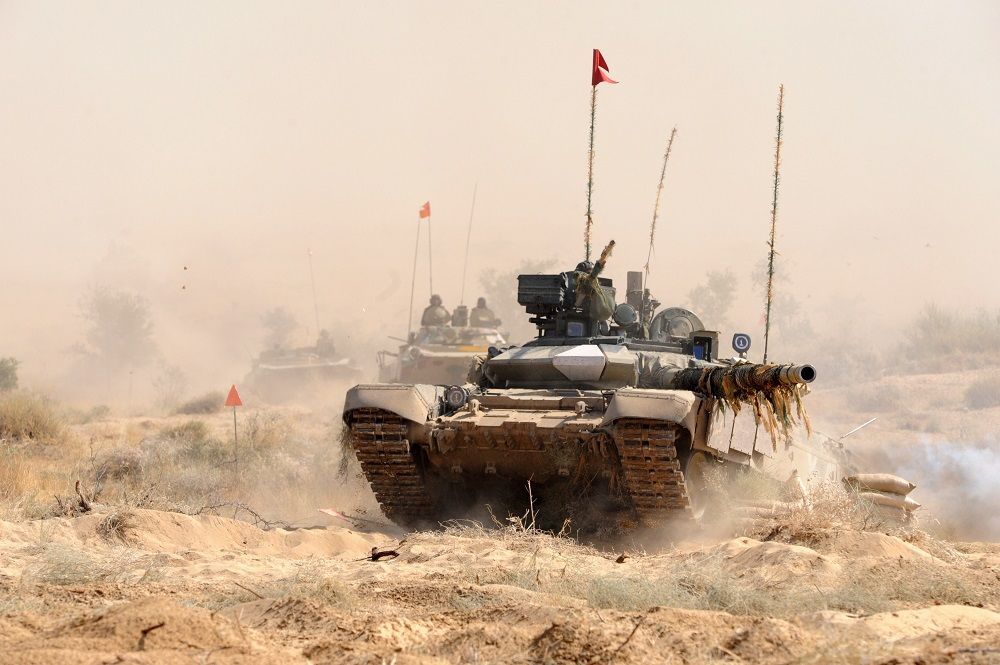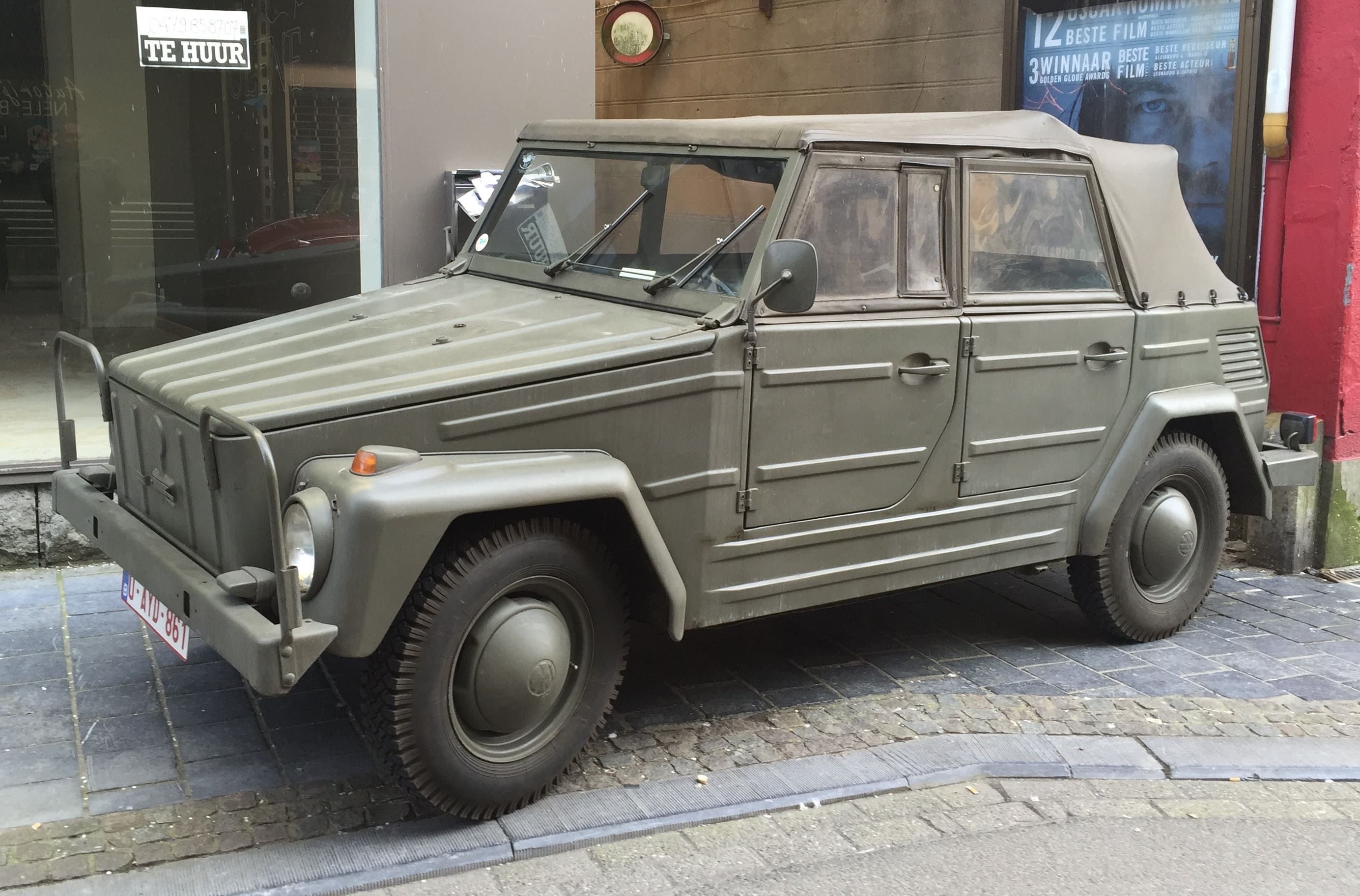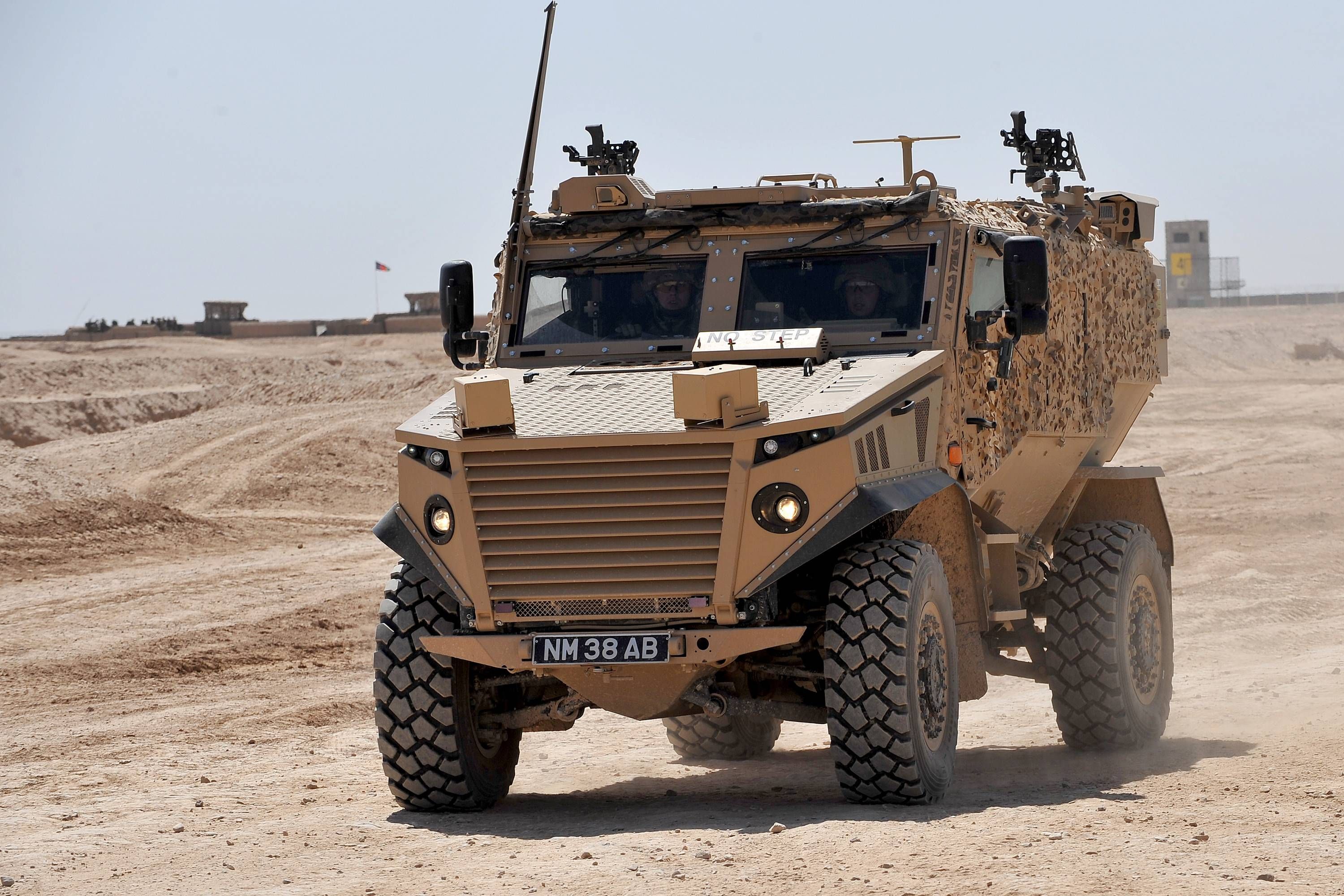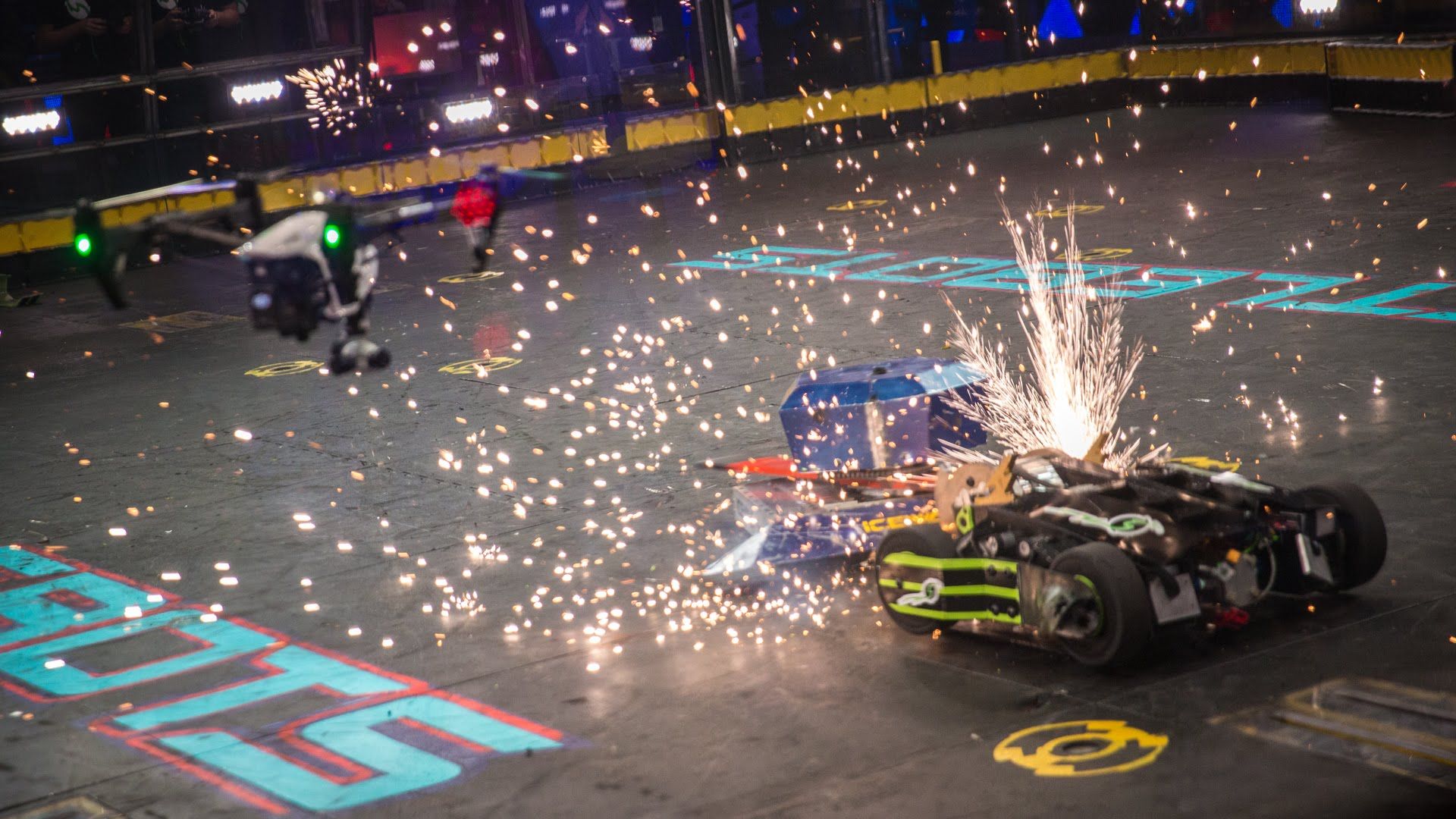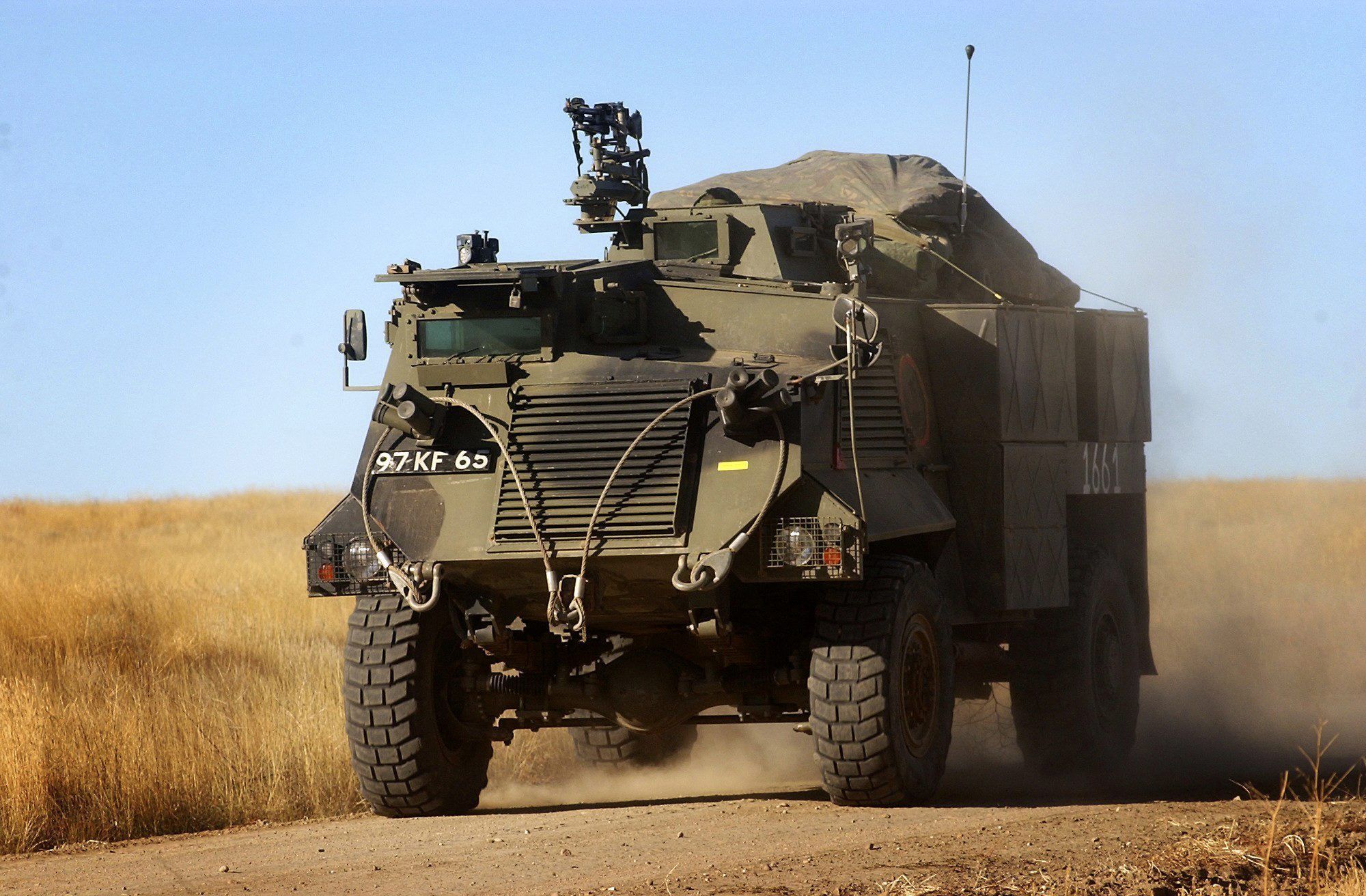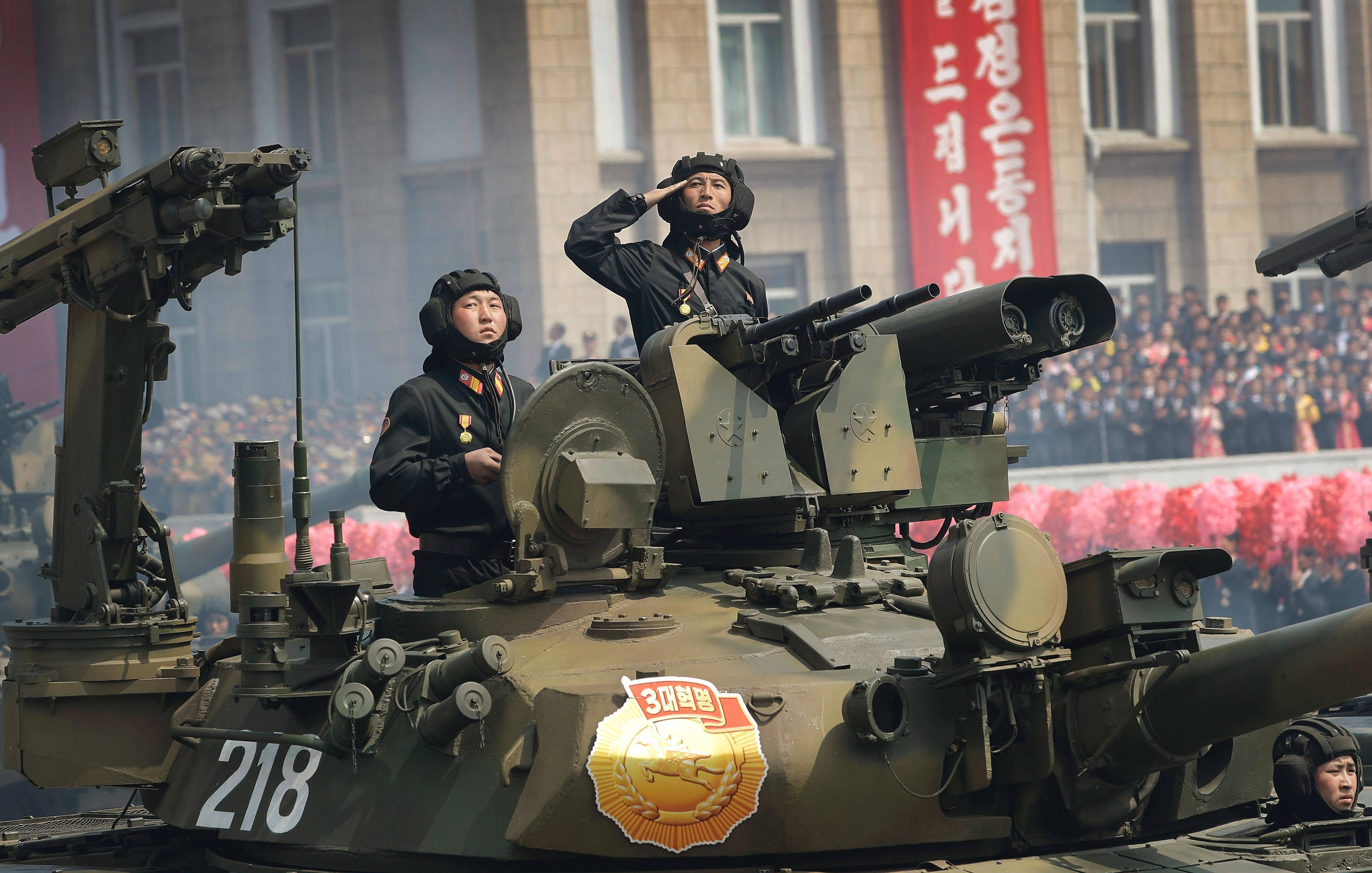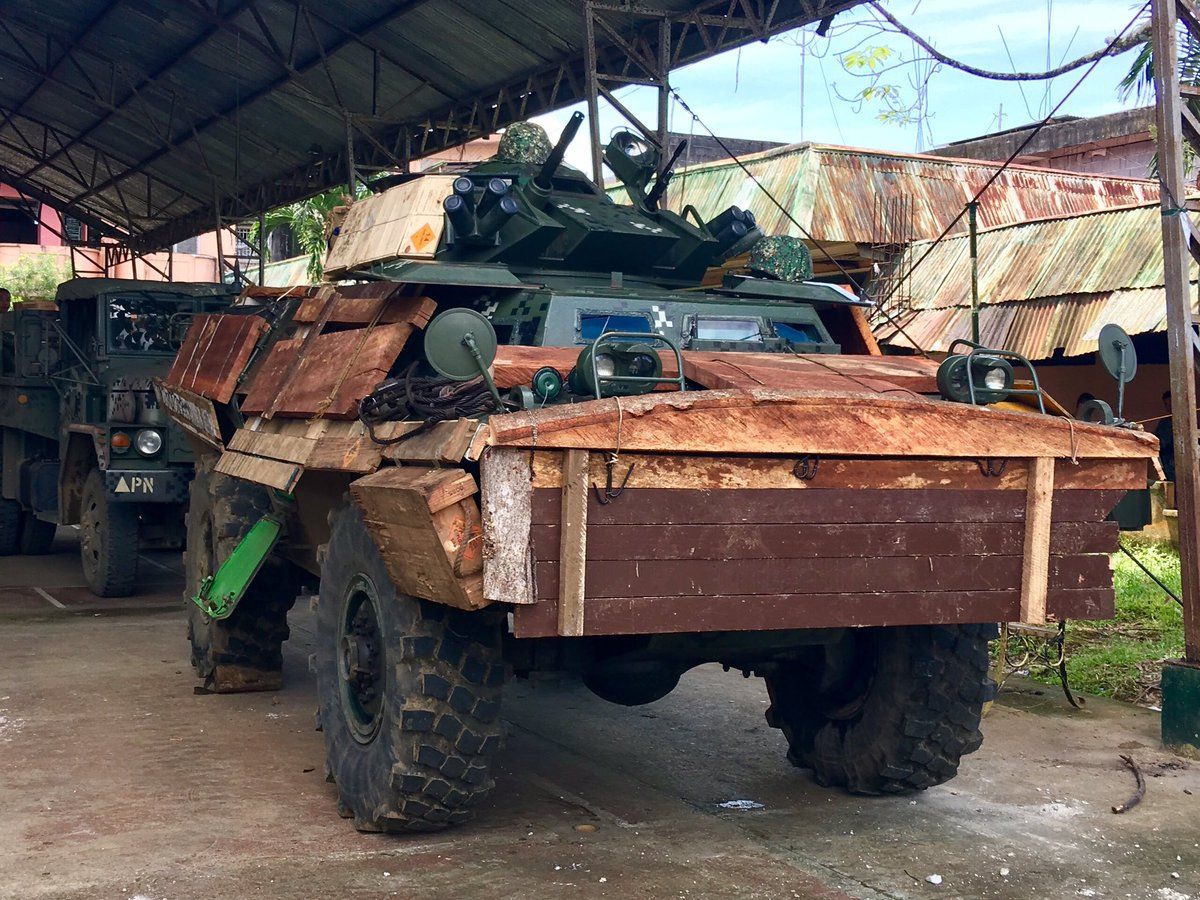Whether the US has the best military in the world is open to debate, but there is no doubt that America’s military forces are the most expensive. Every year, the US government spends billions of dollars on defence; everything from high tech weapons and cyber warfare to jeeps and uniforms.
In 2019, the Department of Defense budget is projected to be an astonishing $597.1 billion. But that’s only the start of the spending. When you add in the budgets of Homeland Security, the Department for Veterans’ Affairs and the National Nuclear Administration among others, the total US spend on military and defensive measures adds up to $886 billion – making it the second most expensive item in the federal budget, behind social security.
And it is the same picture for other countries around the world, many of whom spend a huge amount of their wealth on equipment and weapons for their military. Saudi Arabia, for example, spent 10% of the country’s GDP on their military and defense budgets in 2015.
These military deals can be worth a lot of money to the country doing the selling, but they are not without controversy. Deals can even go wrong because countries end up spending billions of dollars on equipment and vehicles which turn out to be complete lemons.
Check out the list below of 10 countries which have better military vehicles than the US – and 10 whose vehicles are way, way worse!
20 Better: Puma (Germany)
Germany may have lost the last two World Wars, but the country still enjoys a pretty fearsome military reputation – especially when it comes to military equipment. The German army’s newest vehicle is the Puma, an infantry fighting vehicle (the technical name for small tanks) which was designed to replace the Marder infantry fighting vehicles which German forces had been using since the 1970s. By 2020, all the aging Marders will have been replaced by shiny new Puma infantry fighting vehicles! The Puma is fitted with a Rheinmetall 30 mm auto-cannon, capable of firing off 200 rounds per minute at a range of 3,000 meters.
A fearsome fighting machine which is also fitted with all the latest protective measures, including side panels which also cover the caterpillar tracks and armor plates for the roof, capable of defending the Puma against even a direct hit from the most powerful heavy machine gun fire and even from 10kg blast mines. The main advantage the Puma enjoys over other infantry fighting vehicles is its improved mobility and speed, and the engine is one of the most powerful on any infantry fighting vehicle in the world, more than capable of matching many main battle tanks.
19 Better: K21 (South Korea)
Countries like South Korea and Japan have become world leaders in technology over the last few decades, and they are also overtaking countries like the US when it comes to military equipment too. The South Korean K21 infantry fighting vehicle was first used by the country’s armed forces in 2009, and was introduced as a replacement for the K200 series of infantry fighting vehicles which have been in operation since 1986.
The vehicle was designed and built by civilian engineering company Doosan, one of the country’s biggest construction and technology firms, in a contract worth about $77 million.
Unusually, the chassis of the K21 is made of fibre-glass which makes it much lighter than older infantry fighting vehicles, and therefore much faster. The fibre-glass chassis is, of course, covered with some serious armor, capable of protecting troops from large caliber automatic cannon rounds, while the K21 also features an innovative soft-sealing fuel tank, which is capable of absorbing the impact of a projectile, thereby reducing the risk of a direct hit causing a damaging explosion. The K21 also boasts a high-tech fire-control system which is able to locate and track targets from 6,000 meters away, and can identify them from a distance of 3,000 meters.
18 Better: CV90 (Sweden)
Sweden may not be the first country that springs to mind when you think of fearsome military opponents, but they certainly wouldn’t be a pushover if the CV90 is anything to go by. The CV90 – the CV stands for “combat vehicle” – has been in operation since 1993, but is such a reliable and impressive fighting machine that it remains in use in the Swedish army, and in other countries around the world, particularly Sweden’s Scandinavian neighbors Denmark, Finland and Norway.
The CV90 has been used by Danish and Norwegian forces fighting in Afghanistan, and have proven to be a valuable resource in the fight against the Taliban. The CV90 MkIII, the latest incarnation of this particular military vehicle, has been upgraded to improve protection against IEDs (improvised electronic devices) and mines, while also updating the electronic and digital system. The newest model can also travel over greater distances, and engine noise has been cut to a minimum to allow for greater stealth in combat zones. The company which makes the CV90, BAE Systems Hägglunds, is even looking into the possibility of upgrading the CV90 further to include an electric-hybrid engine. It seems that even the world’s toughest fighting forces are worried about their carbon footprint and protecting the environment!
17 Better: Kurganets 25 (Russia)
If Sweden is one of the last countries you might imagine to have terrifying military machines at their disposal, the chances are that Russia is one of the first! After all, this is the country (as the Soviet Union) which created the influential T-34 tank which was used throughout the Second World War, and which was instrumental in driving the invading German forces out of the USSR. Modern Russia is maintaining this excellence when it comes to military vehicles, and the Kurganets 25 is a particularly impressive example, and will eventually be used as the platform for a whole new fleet of armored vehicles for the Russian army.
While the Kurganets 25 has yet to make its debut in a conflict zone, the infantry fighting vehicle and armored personnel carrier versions of the vehicle were spotted during rehearsals for the 2015 Moscow Victory Day Parade, and it is thought the production of the vehicles probably started during 2016 – not that Vladimir Putin and his cronies are giving anything away! The 25-tonne vehicle is amphibious, with a top speed of 50mph on land and 6mph on water, and according to insiders, the console in the Kurganets 25 is based on the Sony PlayStation controller!
16 Better: Piranha V (Switzerland)
Switzerland is an unusual country when it comes to the military. Notoriously, they stayed neutral during World War II, and have tried to stay out of most major conflicts ever since. And yet, 95% of their armed forces is made of volunteer militia members, who keep their weapons and equipment at home, ready to respond should their services ever be required. Although Switzerland has maintained its neutrality, Swiss soldiers do take part in international peacekeeping missions – which is why they have developed impressive military equipment like the Piranha V.
Let’s be honest, just the fact that this particular military vehicle is named the Piranha V makes it better than most of the kit in the US military!
This infantry fighting vehicle is also used by the Danish, Spanish and Romanian armed forces, and it is the latest incarnation of a vehicle which has been in operation since 1972. Compared to its predecessors, the Piranha V offers increased protection, improved mobility, and high-tech electronic systems. The vehicle uses shaped hull plates and a modular armor system to protect those inside from rocket propelled grenades, armor piercing rounds and, most importantly given recent experiences in Iraq and Afghanistan, IEDs and 8kg blast mines.
15 Better: Warrior (UK)
The US and the UK have always enjoyed a “special relationship” – but everyone knows that America is the more powerful member of that so-called partnership. However, the UK has managed to surpass their former colony with the Warrior family of tracked vehicles, first introduced into the British Army in 1988. Although some aspects of the Warrior are looking a little dated thirty years no, at the time many of its innovations were ground-breaking, and there is no denying that this reliable old war horse has proven to be worth the millions of dollars spent on the program over the years.
While there have been several vehicles built on the platform, when you talk about Warriors, most people picture the FV510 infantry section vehicle, which is the model used most widely by the Brits.
And it seems that the UK armed forces is in no hurry to get rids of its Warriors, with plans in place to continue upgrading and improving the vehicles so that they continue to operate in combat zones and training exercises until 2025. The Warrior Capability Sustainment Program (WCSP) has already seen many of the infantry section vehicles retrofitted with new modular protection systems and new electronic architecture.
14 Better: ZiL Karatel (Russia)
Trust Vladimir Putin and Russia to go way over the top when creating a new armored car for their country’s security services. The gigantic ZiL Karatel (nicknamed The Punisher) looks more like something from dystopian futuristic sci-fi action movie than a vehicle which actually has any sensible or practical uses – but given that it was designed as a Russian version of Humvee, ZiL’s creation does rather blow the US opposition out of the water.
Not strictly a military vehicle, the ZiL Karatel will nevertheless be used by Russia’s security forces for “internal security missions,” counter-terrorism operations and border patrols – all of which means that we could see The Punisher operating in contested areas of Ukraine such as The Crimea. Weighing in at 132 tons, this behemoth can still manage a pretty nifty turn of pace, with a top speed of 95mph. Based on the chassis of a Kamaz-4911 truck, a regular competitor and even winner of the famous Paris-Dakar rally, the ZiLKaratel is able to protect against small calibre weapons fire, and can transport 10 shadowy members of Russia’s shadowy security forces at any one time. If you see The Punisher driving your street in Russia (or any of its neighbors) I’d keep out of its way!
13 Better: PL-01 (Poland)
Based on the same platform as the Swedish CV90, the PL-01 is a Polish light tank created by domestic engineering company OBRUM with the support of expert international arms manufacturer BAE Systems. However, there are some key differences between the Swedish version and the super-strength PL-01. For a start, the PL-01 has a composite armor shell made of layers of ceramic, which protects against mines and IEDs up to the toughest NATO standards, while additional armor panels on the turret keeps the troops safe from projectiles and the entire vehicle will be coated with radiation absorbent material before being sent out into the field. All these layers of protection mean that the PL-01 isn’t the lightest or the most maneuverable of military vehicles; it has a top speed of 43mph on paved roads but just 31mph when off road. For its own weapons system, the PL-01 is fitted with a cannon, able to fire guided anti-tank missiles as well as standard projectiles, and a machine gun, while its defensive capabilities include a system which can detect incoming missiles and thermal imaging and night and day cameras which display their results on a screen within the manned part of the vehicle.
12 Better: Fennek (Germany and Netherlands)
The Fennek is a German light-armored reconnaissance vehicle; a much smaller vehicle than a tank, and one which is designed to avoid detection while gathering as much information about the enemy as possible. Its name comes from the fennec, a small type of desert fox – suggesting cunning and an ability to evade the enemy. In 2000, the Royal Netherlands Army ordered 410 Fennek vehicles, and the German Army placed an order for an additional 222 units.
With a top speed of 70mph and the option of using either two or four-wheel drive, the Fennek is designed more for rough and ready terrain than outright speed.
You can attach various pieces of equipment and weapons to the Fennek, depending on where and how it is going to be used, which makes it an incredibly versatile military machine to have in your arsenal. The main attachment is an extendable mast, which can be raised vertically to allow observation equipment, such as thermal imaging, laser rangefinders and night cameras, to do their thing. However, the Fennek can also be used as a weapon, with some of the Dutch models being adapted to carry and to launch surface-to-air stinger missiles. Both the Dutch and German armies have used the Fennek extensively during operations in Afghanistan.
11 Better: Marauder (South Africa)
You have to head to South Africa to find the meanest military machine there is. Amazingly, the Paramount Marauder is one of a handful of military vehicles that are actually on sale to the public – although why anyone would want or need to ride around town in this super-strength Hummer is beyond me. Besides, with a price tag of well over $500,000, it’s not like many people or going to be able to afford one; and you certainly won’t find them for sale at your local car lot.
The Marauder is essentially an armored personnel carrier which is already used by the military in Azerbaijan, Kazakhstan, Jordan and Congo, and it is the only vehicle on this list to have had a starring role in popular motoring TV show Top Gear, where the presenters put the vehicle through its paces off road and on the streets of an ordinary city, and included them trying to take this giant vehicle through a regular drive thru restaurant.
The tough exterior provides protection for the troops (or TV presenters) inside from high explosive artillery and blast mines, while it can be fitted with its own weaponry, including machine guns, cannons and missile launchers, or instead with command and surveillance equipment.
10 Worse: Panzer 68 (Switzerland)
So now that we’ve seen the best, we come on to the vehicles whose reputation is not so stellar – and who are outshined by most of the military vehicles currently used by the US Armed Forces. During World War II, the very word “panzer” would strike fear into the hearts of the Allied soldiers. It is actually the German word for armor, but it became shorthand for the fleet of heavy duty German war tanks which rolled across Europe and into the USSR before the Nazis were eventually defeated. That was in their heyday, however.
In the 1960s, the Swiss developed a tank they called Panzer 68, which entered service in 1971 and which was still being used in 2003, despite a number of significant problems with the design.
As early as 1979, the Panzer 68 was engulfed in a safety scandal which forced the resignation of the Swiss Minister of Defense, Rudolf Gnägi. A report reportedly identified a series of problems with the Panzer 68, most significantly that the nuclear, biological and chemical (NBC) protection was inadequate, and the crews were forced to wear additional safety equipment while using the tank, making it far more difficult to operate safely and effectively.
9 Worse: T72 Lion of Babylon (Iraq)
In the build-up to the first Gul War, after he had invaded neighboring Kuwait, the Iraqi leader Saddam Hussein had promised “the mother of all battles”. In truth, his woefully under-prepared Iraqi army put up little resistance when US and British troops arrived to drive the invaders out of Kuwait. One of the main problems the Iraqi army had was that their equipment, both weapons and vehicles, was terribly outdated, and in many cases had never been that good to start with.
The main culprit was the T72 “Lion of Babylon” tank, basically an Iraqi copy of the old Soviet T72 tank. The T72 was a fairly trusty old war horse, but something must have been lost in translation when the USSR sold the plans to Saddam Hussein, as the Iraqi version was anything but reliable.
For example, during the Battle of 37 Easting in February 1991, Iraqi soldiers in T72 Lion of Babylon tanks came up against US troops who were using Bradley Fighting Vehicles. The Iraqi forces lost 37 of their T72 tanks, while US soldiers didn’t lose one of their vehicles.
Amazingly, the post Saddam Iraqi government ordered 2,000 T72s from the Russians. At least they seem to have given up on building tanks themselves.
8 Worse: Arjun (India)
India has a habit of taking established automotive designs from elsewhere in the world, putting their own spin on the vehicles and producing thousands of cheap copies. That’s not so bad when we’re talking about cars for commuters, but when they start doing it for military vehicles, it doesn’t take a tactical genius to figure out that there might be a few problems. Named after the protagonist of the Indian epic Mahabharata the Arjun tank was developed in the 1970s by India's Defense Research and Development Organization (DRDO).
While the Indian Army in theory still relies on these indigenous military vehicles, in reality the majority of Arjun tanks are out of operation because of technical faults and a lack of spare parts.
The Arjun tank project was beset by problems from the start; stuck in development for much of the 1970s, the tank’s official operational launch was delayed again and again as new problems were discovered. The main issue was that the Arjun tank, which was basically a copy of the German Leopard II battle tank, was simply too heavy, but there were also issues sourcing and testing parts. The DRDO is currently working on Arjun Mk II; let’s hope they’ve learned from their mistakes.
7 Worse: Ajax (UK)
Ajax is the name given to a family of armored vehicles which are currently in development for the British Army, with an expected operational date of 2019. Designed and manufactured by General Dynamics UK, the Ajax is based on an armored fighting vehicle which is already being used by the Spanish and Austrian armies. And yet before the Ajax has even entered service, experts have identified some serious problems with this supposedly up-to-date fighting vehicle. Officials were supposed to have reported in 2016 that the armor on the Ajax vehicles was insufficient, leaving troops at the mercy of heavy artillery – even though the design was supposed to be able to withstand this kind of attack. In addition, the Ajax’s own weaponry has repeatedly failed during testing. It is too late for the British Army to back out of its multi-billion-dollar order of 589 Ajax armored fighting vehicles – though operational delivery is likely to be delayed, so General Dynamics UK still have a little time to get those significant bugs fixed before they hand over the Ajax vehicles to British soldiers. It remains to be seen how the Ajax vehicles perform in combat zones – time will tell if they have been an expensive mistake!
6 Worse: Volkswagen 181 (Thailand)
The Volkswagen 181 was only ever supposed to be a stopgap measure while the finishing touches were being out to the more robust Europa Jeep for the West German government in the 1960s. Yet somehow, this unorthodox and ugly jeep took on a life of its own, and became something of a cult figure among soldiers and among consumers who continued to buy new Volkswagen 181s until 1980 when production ended.
As a military jeep, the Volkswagen 181 was pretty useless; it used a transmission stolen from a VW Beetle, and its bodywork looked like it had been out together from spare parts found at a junk yard.
And yet it was treated with genuine affection by German soldiers, until the 181 was unceremoniously dumped in favor of the Europa Jeep. But not before hundreds of models had been sold to other military forces throughout the globe – including the US where it was nicknamed the “Thing” and Thailand, where amazingly their fleet of Volkswagen 181s are still rolled out on special occasions such as military parades. Why anyone would think that riding at the head of a parade in a ramshackle “Thing” is going to make you look fearsome and impressive is anyone’s guess.
5 Worse: Foxhound (UK)
The Foxhound is an armored personnel carrier which was introduced into operation with the British army in back 2012, and which was immediately deployed to be used by troops stationed out in Afghanistan. Designed particularly with this conflict in mind, the Foxhound was supposed to have been fitted with specialized protection features which were designed to keep the troops inside safe from IEDS - a major problem for soldiers in Afghanistan. Of the 448 coalition soldiers killed in action in Afghanistan in 2009, for example, 280 were killed by IEDs.
However, it seems that the Foxhound does not quite live up to its reputation when faced with real-life IEDs and insurgent attacks. By September 2017, 37 troops had died while traveling in Foxhound vehicles, leading soldiers to dub them “mobile coffins”. In addition, troops responsible for servicing and maintaining the Foxhound vehicles were reporting that they were frequently breaking down while out on operations; a potentially life-threatening situation when operating in hostile territory. The vehicles are particularly unreliable in hot weather, with mechanics reporting that the engines fail as soon as they hit 50°C; which you might have thought someone would have considered before sending them to the Afghan desert…
4 Worse: Kantanka (Ghana)
All the other vehicles on this list have been mass-produced by major arms manufacturers, engineers and automotive companies. Even those which have ultimately failed have nevertheless had something of a pedigree behind them. They have all seen service or are likely to in the near future. And most of all, none of them look like they were made is someone’s garage out of scrap metal. The Kantanka armored car, however, does look exactly like it was built in someone’s garage; in fact, it looks more like a human-sized version of one of the creations from the BattleBots TV program than an actual military vehicle.
To be fair, it wasn’t designed by the military in Ghana, where the unusual Kantanka was spotted; it was actually designed and built by the Minister of a local religious organization, who though that his creation would be ideally suited for peacekeeping missions. He also happens to be the owner of the Kantanka group of companies, whose most successful product is the Kantanka SUV. Clearly the designer of the Kantanka armored car hadn’t been allowed near the more commercially successful designs – although maybe it’s clunky, amateurish appearance could be designed to lull the enemy into a false sense of security?
3 Worse: Saxon (UK)
Intended to be used as what was described as a “battle taxi”, transporting British troops quickly to where they needed to be, the Saxon armored personnel carrier was only ever designed to provide minimum levels of security, and was only ever used by the British Army well outside of combat zones. The Saxon, which was introduced in 1983, was used principally by the British Army of the Rhine, and though it has been deployed to Iraq and Afghanistan, it has always been kept well away from areas where it might come under fire.
In reality, the Saxon is little more than a beefed-up Land Rover, with some under-chassis protection against mine detonations, but little else in the way of armored protection.
This is fine as long as those using the Saxons were aware of their limitations. The controversy came when the UK sold 75 Saxons to Ukraine for use in their border conflict with Russia. Former chief commander of British land forces, General Sir Richard Dannatt described the sale of the Saxons to the Ukrainian government as “immoral” as the UK Government would have known that the vehicles would be useless and even dangerous in such a high intensity conflict.
2 Worse: Pokpung-ho (North Korea)
Little is really known about North Korea’s military capabilities. Any news or even photographs which emerge from the secretive totalitarian state have to be taken with a pinch of salt, in case it is nothing more than a propaganda exercise to boost the ego of Kim Jong-Un and his cohorts. Although there were positive signs in mid-2018 that relations between the two Koreas might be thawing a little, it is unlikely that the North will be sharing any of its military secrets with its neighbors any time soon. In fact, often the only information the outside world has on North Korea military materiel comes from its ostentatious and very Communist military parades. The Pokpung-ho tank, for example, has been spotted taking part is some of these very parades; it was first thought to have been introduced in 2002 but some experts believe North Korea developed this vehicle about ten years earlier. Like the Iraqi Lion of Babylon, it is essentially a knock-off version of the Soviet T72 tank, but the country’s very limited industrial capabilities (thanks to international sanctions and the fact that China is the only country which will have anything to do with Kim Jong-Un) means that the Pokpung-ho is always going to be the poor relative.
1 Worse: Cadillac Gage Commando (Philippines)
There is nothing wrong with the Cadillac Gage Commando, a US-designed amphibious armored car, which was used by American troops principally during the Vietnam War. In fact, the Cadillac Gage Commando was actually something of a trailblazer, as it was one of the first military vehicles which combined the usually separate roles of armored car and armored personnel carrier, offering excellent protection without sacrificing too much speed and maneuverability.
When US troops left Vietnam, they also left behind a great amount of military equipment and vehicles, which was frequently appropriated by local groups and ended up enjoying a surprisingly long life in some surprising places.
One Cadillac Gage Commando seems to have had a very exciting life, as it was spotted in the Philippines in 2017, when the Army was sent into the town of Marawi after it was taken by Islamic rebels. This armored car had obviously needed some repairs over the years, and for some reason the Philippine army had decided to patch up this tough vehicle by using wooden planks. Not sure how effective wood will be against artillery – or even whether it’s wise to rely on untreated wooden planks when using an amphibious vehicle – but needs must when your army is underfunded and under-appreciated!
Sources: thebalance.com, military-today.com, army-technology.com

